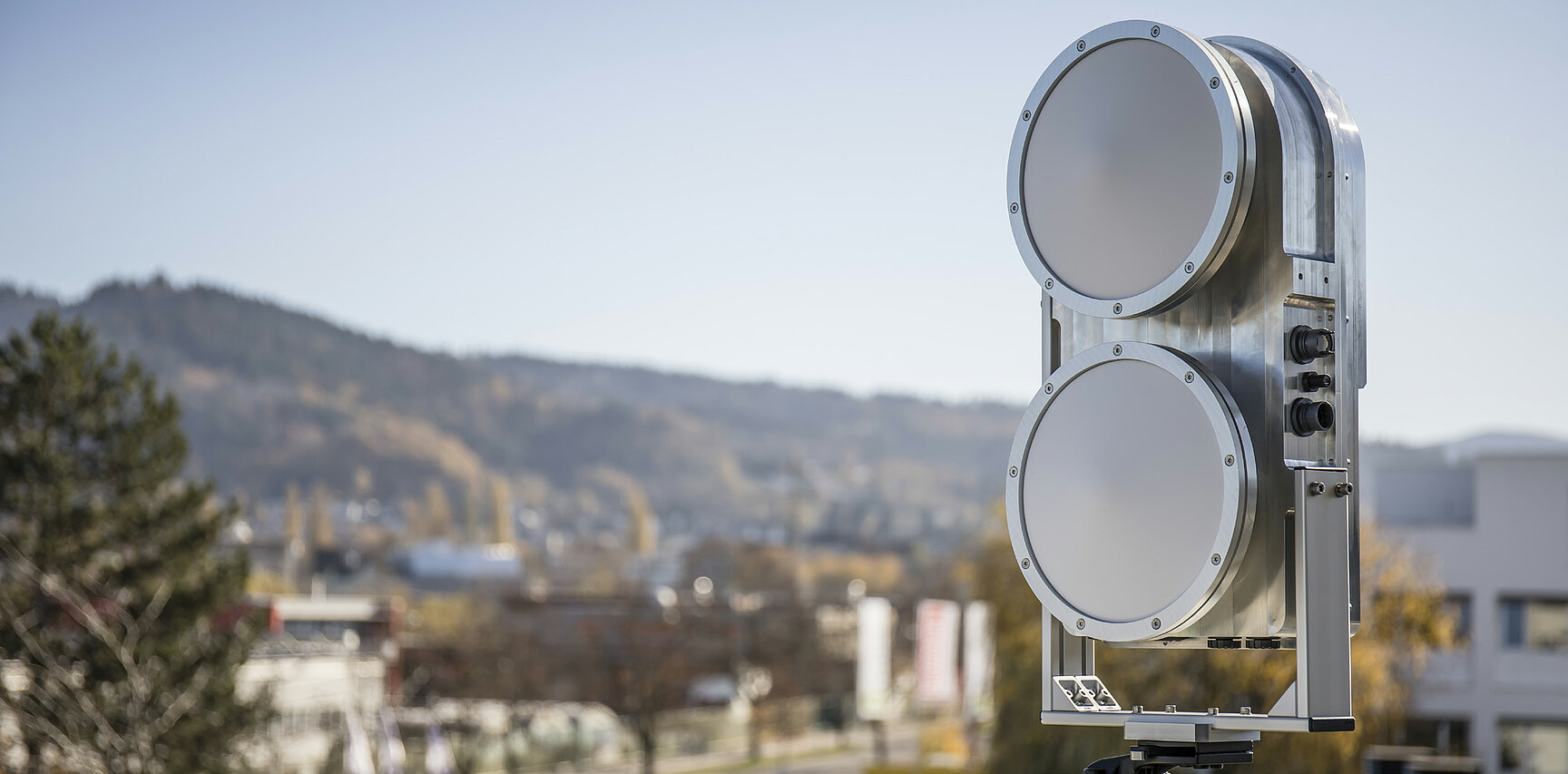At a Glance
THz communication is a complementary wireless technology, offering very large transmission capacities (> 100 Gb/s) for applications such as backhaul/fronthaul, fixed wireless acces and indoor short range in future 6G networks. Fraunhofer HHI is active in research, development and standardization of THz communication technology together with various partners from academia and industry.
Technical Background
The carrier frequencies used in THz communication are above 100 GHz. At these high carrier frequencies, the available bandwidth is several tenths of GHz, which is one order of magnitude larger compared to other wireless technologies, like mmWave. This high bandwidth enables wireless transmission capacities above 100 Gbit/s. Furthermore, the high carrier
frequency significantly reduces the physical dimension of the antennas. Thus, compact high-gain THz antennas and compact antenna arrays are feasible.
Applications
- Backhaul/fronthaul
- Point-to-point
- Redundancy
- Wireless fibre extender
- Fixed wireless access
- Indoor short-range
- IoT dense environment
- Last mile access
Benefits
THz communication operates at very high carrier frequencies, far away from those used in standard wireless communication. This enables very large transmission capacities above 100 Gbit/s without interfering with 4G/LTE or 5G. In addition THz communication is highly directive, making it less vulnerable to eavesdropping. THz communication is expected to facilitate the seamless and flexible interconnection between ultrahigh-speed wired networks, e.g., fibre-optic links, and personal wireless devices, such as laptops and tablet-like devices.
Prototype Specifications
- Full-duplex operation
- 300 GHz carrier frequency
- 20 GHz electrical bandwidth (baseband)
- 100 Gb/s transmission capacity using high-speed modem
- 32 GBd dual-polarized QPSK modulation
- Up to 1 km wireless link distance using high gain (Cassegrain) reflector antennas

